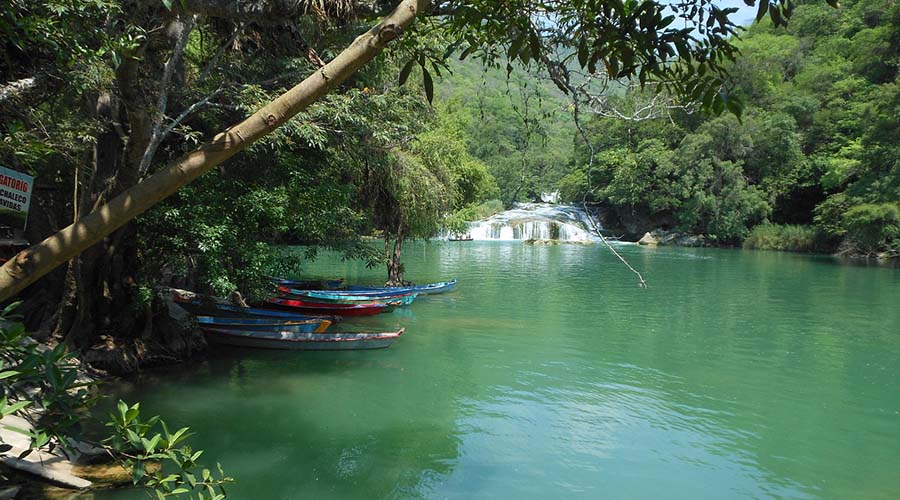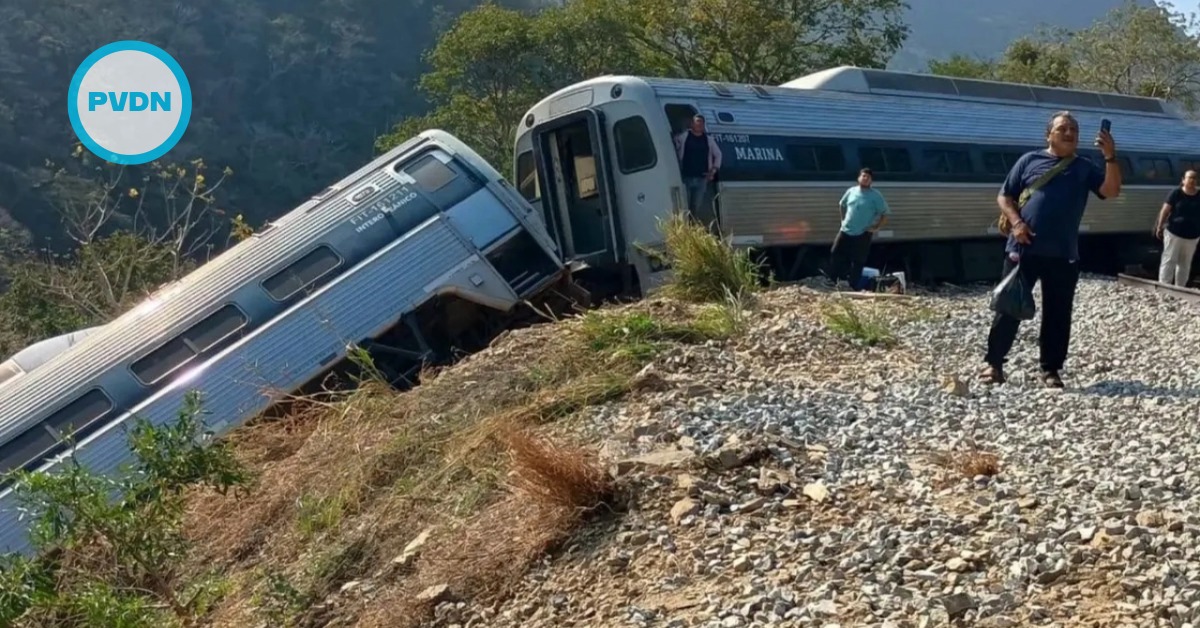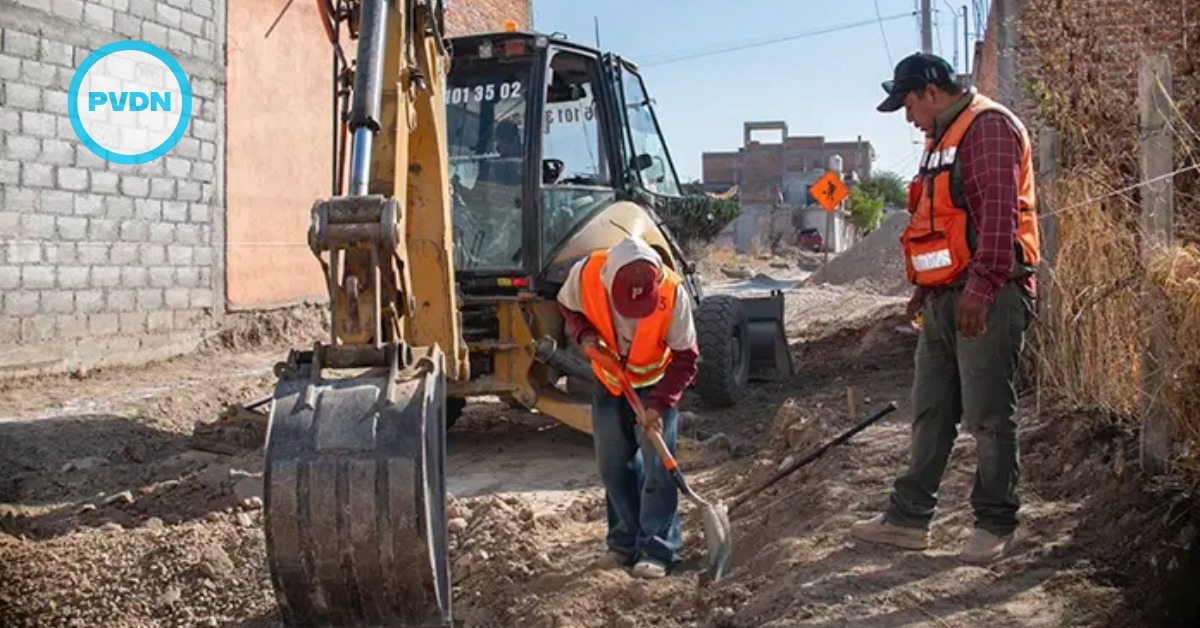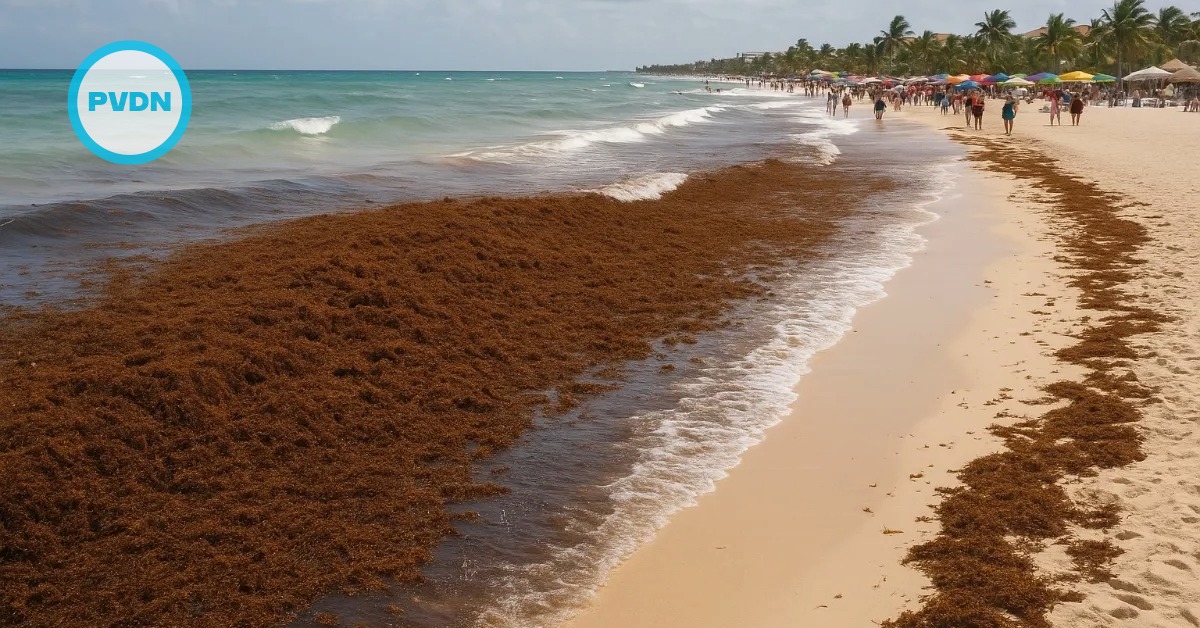Mexican President Enrique Pena Nieto has issued a series of decrees establishing water reserves, aiming to preserve sufficient supplies for tens of millions of people.
The decrees protect defined volumes of water in nearly half of Mexico’s 756 river basins, limiting them to use for humans and nature. Business and industrial access to the reserved volumes will be prohibited.
Pena Nieto and the nonprofit World Wildlife Fund group announced the reserves Tuesday.
The organization worked with Mexico’s government the past 12 years to map the country’s rivers and determine how much water is necessary to sustain life . . .






